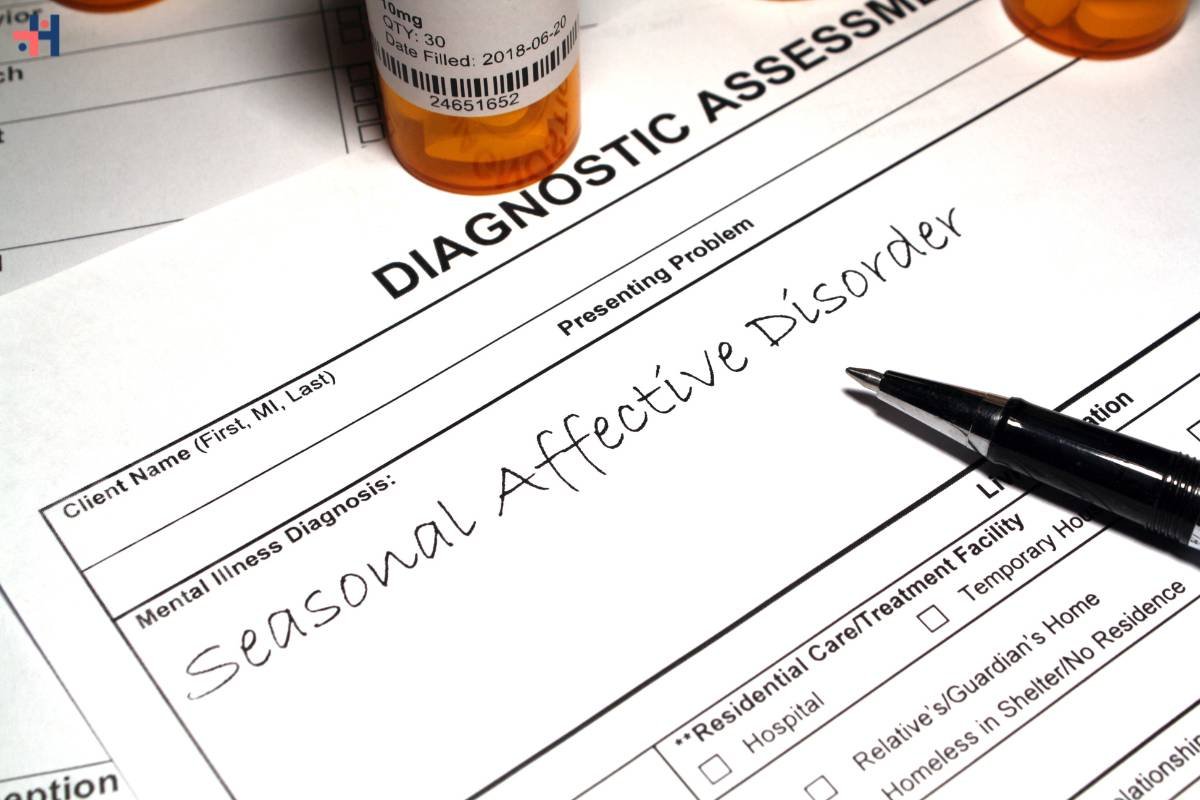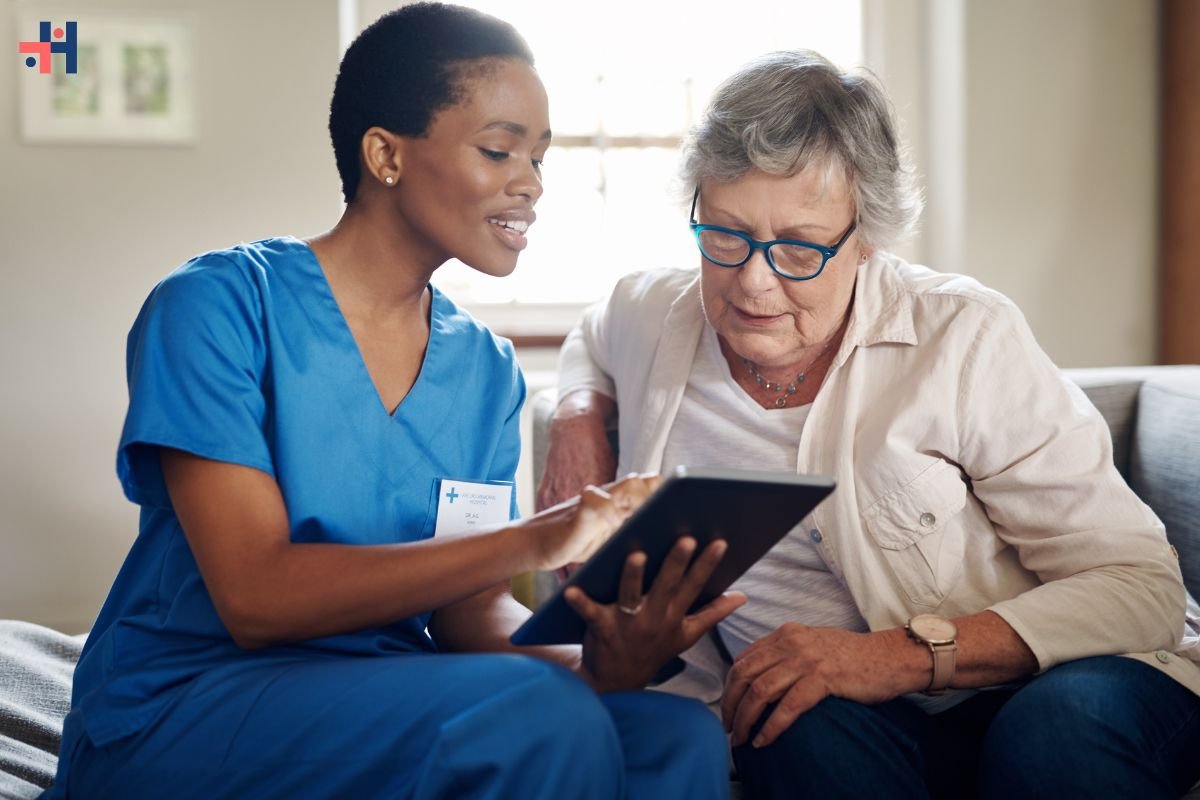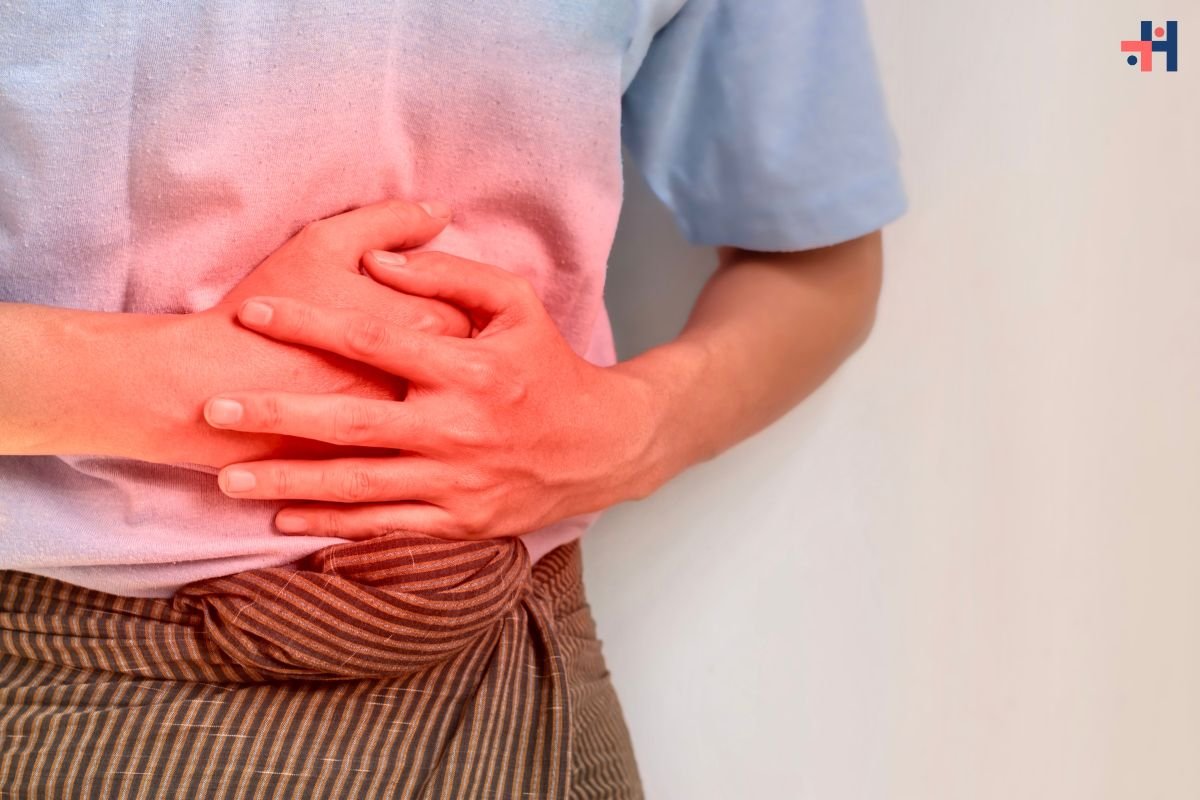Seasonal Affective Disorder (SAD) is a condition that some people struggle with when the seasons change and daylight decreases. This kind of sadness, which is frequently associated with seasonal changes, can negatively impact a person’s mood and general state of health. It is imperative that individuals navigate the complexities of Seasonal Affective Disorder and put into practice efficacious coping methods. The complexities of seasonal affective disorder will be discussed in this essay, along with its causes, symptoms, and—above all—coping mechanisms and resilience-building techniques.
Defining Seasonal Affective Disorder
Seasonal Affective Disorder (SAD) is a form of depression that follows a seasonal pattern, typically occurring during the fall and winter months when daylight hours are shorter. While less common, some individuals may experience a reverse pattern with symptoms emerging during the spring or early summer. The key characteristic of SAD is that the depressive episodes are recurrent and tied to specific seasons.
Symptoms of Seasonal Affective Disorder may include:
- Persistent feelings of sadness or hopelessness
- Lack of energy and fatigue
- Difficulty concentrating
- Changes in sleep patterns, such as oversleeping or insomnia
- Weight gain or loss
- Withdrawal from social activities
- Irritability and increased sensitivity to stress
Understanding the Role of Light in Seasonal Affective Disorder
The primary theory behind Seasonal Affective Disorder involves the impact of reduced exposure to natural sunlight. Limited daylight hours during fall and winter can disrupt the body’s internal clock (circadian rhythm) and affect the production of certain neurotransmitters, such as serotonin and melatonin. Serotonin, known as the “feel-good” neurotransmitter, plays a crucial role in regulating mood, while melatonin influences sleep-wake cycles.

The reduction in sunlight exposure can lead to imbalances in these neurotransmitters, contributing to the onset of depressive symptoms. Additionally, disruptions in circadian rhythm can affect the body’s internal clock, influencing sleep patterns and mood regulation.
Risk Factors for Seasonal Affective Disorder
While the exact cause of Seasonal Affective Disorder remains unclear, several factors may contribute to its development. Common risk factors include:
- Geographical Location: SAD is more prevalent in regions farther from the equator, where daylight hours significantly fluctuate between seasons.
- Gender: Women are more likely than men to experience Seasonal Affective Disorder, although it can affect individuals of any gender.
- Age: Younger adults are more susceptible to SAD, and the risk tends to decrease with age.
- Family History: A family history of SAD or other forms of depression may increase an individual’s vulnerability.
- Existing Mental Health Conditions: Individuals with a history of depression or bipolar disorder may be more prone to developing Seasonal Affective Disorder.
1. Light Therapy: Harnessing the Power of Light for Treatment
Light therapy, also known as phototherapy, is a widely used and effective treatment for Seasonal Affective Disorder. This approach involves exposure to a bright light that mimics natural sunlight. The light box emits a specific intensity of light, typically 10,000 lux, and is used for a specified duration each day, usually in the morning.
Light therapy works by stimulating the production of serotonin while reducing the release of melatonin, helping regulate mood and improve sleep-wake cycles. It is essential to use light therapy boxes specifically designed for treating SAD and to follow recommended guidelines regarding duration and intensity.
2. Outdoor Exposure and Sunlight
In addition to light therapy, increasing exposure to natural sunlight can be a valuable strategy for managing Seasonal Affective Disorder. Spending time outdoors during daylight hours, especially in the morning, can help regulate circadian rhythm and enhance mood.

Consider incorporating outdoor activities into your routine, such as walking, jogging, or simply enjoying nature. Exposure to natural sunlight not only provides a direct boost to mood-regulating neurotransmitters but also offers the benefits of fresh air and physical activity.
3. Balanced Nutrition: Nourishing the Body and Mind
Maintaining a balanced and nutritious diet is crucial for overall well-being, and it can play a role in managing Seasonal Affective Disorder. Certain foods can influence neurotransmitter production and help stabilize mood. Focus on incorporating the following into your diet:
- Omega-3 Fatty Acids: Found in fatty fish, flaxseeds, and walnuts, omega-3 fatty acids are linked to brain health and may have mood-stabilizing effects.
- Vitamin D: Often referred to as the “sunshine vitamin,” vitamin D is crucial for overall health. Consider incorporating vitamin D-rich foods like fatty fish, fortified dairy products, and eggs into your diet.
- Complex Carbohydrates: Whole grains, fruits, and vegetables provide a steady release of energy and can contribute to the production of serotonin.
- Protein: Include sources of lean protein, such as poultry, fish, beans, and tofu, to support the synthesis of neurotransmitters.
4. Regular Exercise: Elevating Mood Through Physical Activity
Physical activity is a powerful tool for managing Seasonal Affective Disorder. Exercise stimulates the release of endorphins, the body’s natural mood elevators, and promotes overall well-being. Establishing a regular exercise routine, even with activities as simple as walking, jogging, or yoga, can contribute to improved mood and reduced symptoms of depression.
The benefits of exercise extend beyond the immediate mood boost. Regular physical activity can help regulate sleep patterns, enhance energy levels, and promote a sense of accomplishment and well-being.
5. Establishing a Consistent Sleep Routine
Sleep plays a vital role in mental health, and disruptions in sleep patterns are common symptoms of Seasonal Affective Disorder. Establishing a consistent sleep routine can help regulate circadian rhythm and improve overall sleep quality. Consider the following tips:

Maintain a Regular Sleep Schedule: Aim for consistent bedtime and wake-up times, even on weekends.
- Create a Relaxing Bedtime Routine: Engage in calming activities before bedtime, such as reading, gentle stretching, or meditation, to signal to your body that it’s time to wind down.
- Optimize Sleep Environment: Ensure your bedroom is conducive to sleep by keeping it cool, dark, and quiet. Consider using blackout curtains to minimize exposure to external light.
6. Mindfulness and Relaxation Techniques: Cultivating Inner Calm
Practicing mindfulness and relaxation techniques can be valuable tools in managing Seasonal Affective Disorder. Techniques such as meditation, deep breathing exercises, and progressive muscle relaxation can help reduce stress, anxiety, and symptoms of depression.
Incorporate mindfulness practices into your daily routine, dedicating a few minutes each day to focus on your breath, engage in guided meditation, or simply cultivate a sense of presence and awareness. These practices can contribute to a more positive mindset and increased resilience in the face of seasonal challenges.
7. Social Connection: Building a Supportive Network
Maintaining social connections is crucial for mental health, especially when dealing with Seasonal Affective Disorder. Engage in activities that foster social interaction, whether it’s joining a club, attending social events, or connecting with friends and family. The support of a strong social network can provide emotional support, understanding, and a sense of belonging, helping combat feelings of isolation and loneliness.
Conclusion:
Seasonal Affective Disorder can have a negative impact on a person’s wellbeing, but with a thorough approach, people can develop resilience and useful coping mechanisms. There are many strategies available to address the symptoms of SAD, ranging from light therapy and outdoor exposure to a healthy diet, consistent exercise, and mindfulness exercises. Seeking individualized guidance from healthcare specialists and investigating a range of options that suit each person best are essential. People can regain a sense of equilibrium and well-being by navigating the seasons with more resilience by raising awareness of Seasonal Affective Disorder and putting proactive coping mechanisms into practice.










